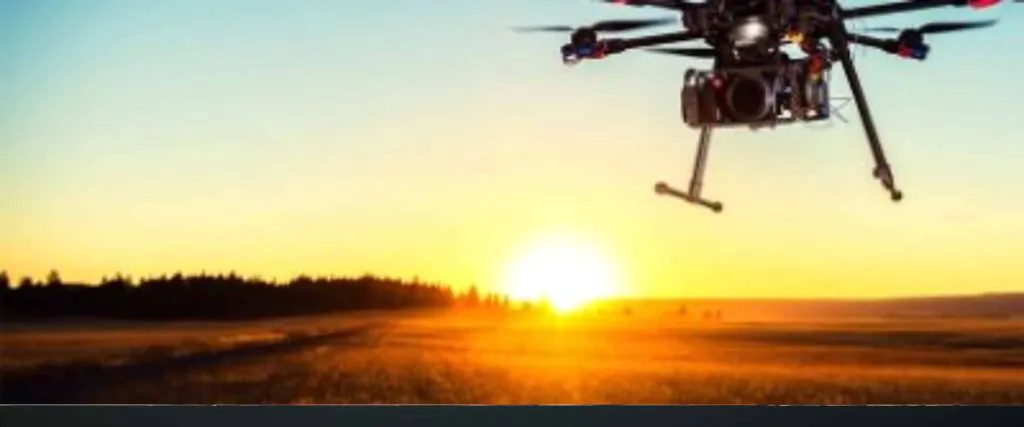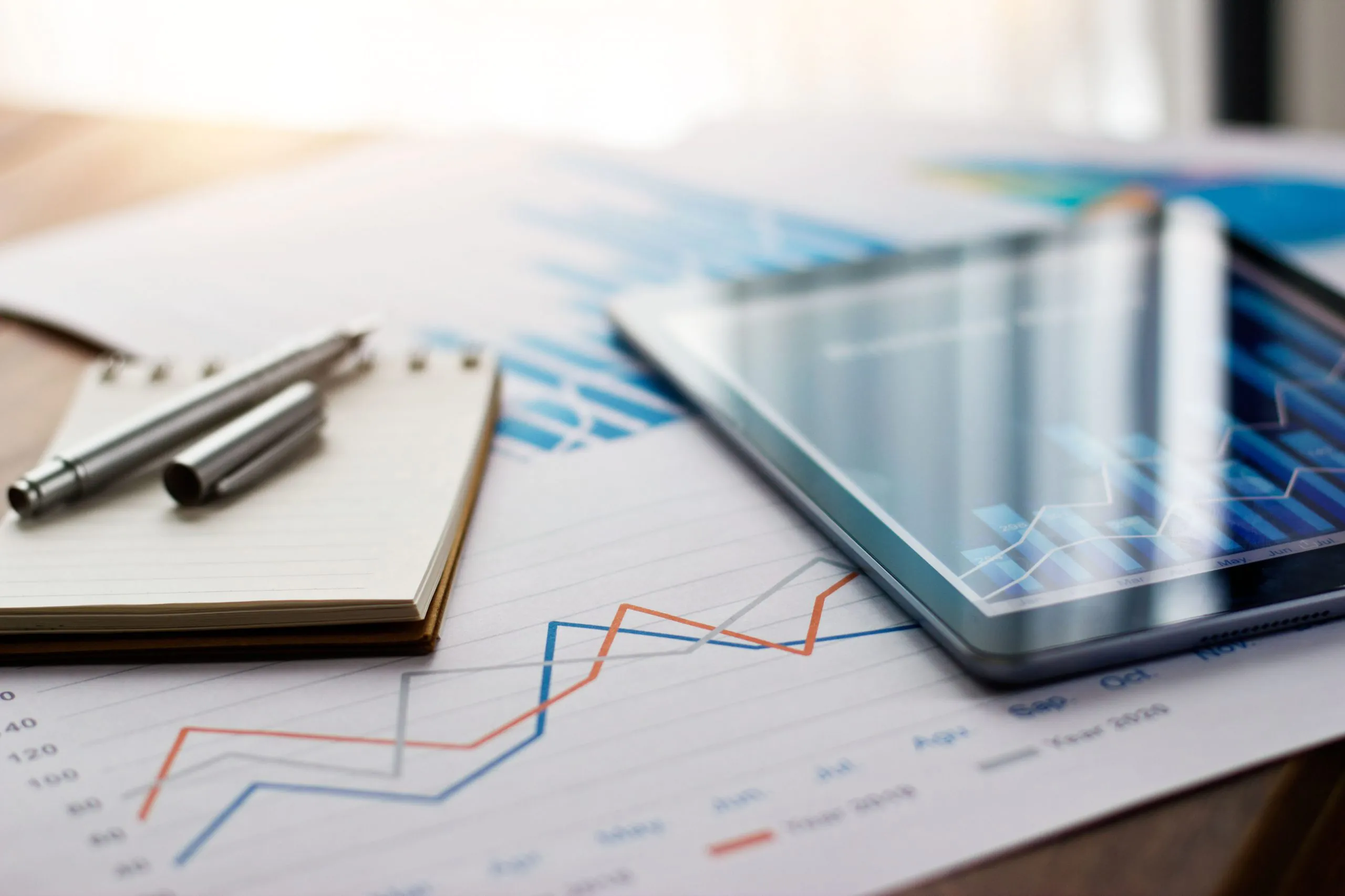Introduction
Unmanned Aerial Vehicles (UAVs), commonly known as drones, were first introduced in the agricultural sector in the 1980s in Japan for crop dusting. Over the past decade, their use has expanded significantly, driven by advancements in technology and the need for precision agriculture. UAVs are now integral to modern farming, offering applications such as crop health monitoring, soil analysis, and efficient resource management.
The growth of the global agriculture drone market is fueled by the increasing demand for precision farming, technological advancements, and the cost-effectiveness of UAVs. Europe is currently leader in the market. Some of the leading players in the market include DJI, PrecisionHawk, Inc., Trimble, Inc., and AeroVironment, Inc.

UAVs provide farmers with real-time data and insights, enabling them to make informed decisions, optimize crop yields, and reduce input costs. As technology continues to evolve, the role of UAVs in agriculture is expected to expand, further revolutionizing the industry.
A Brief History of Agricultural Drones
-
1980sIntroduction of UAVs in agriculture, with Japan pioneering the use of drones for crop dusting.
-
1989Yamaha introduces the R-50, the first commercial UAV for agricultural use.
-
Early 2000sAgricultural drones begin to be used more widely for crop monitoring and spraying.
-
2011Significant advancements in drone technology led to the development of more sophisticated UAVs for precision agriculture.
-
2015The FAA grants exemptions for the commercial use of drones in agriculture in the United States, boosting their adoption.
-
2016DJI releases the Agras MG-1, a drone specifically designed for agricultural applications.
-
2020The global agricultural drone market sees rapid growth, driven by advancements in imaging technology and data analytics.
Technological Developments
Agricultural drone technology has evolved significantly since its early days in the 1980s when Japan pioneered their use for crop dusting. The introduction of Yamaha’s R-50 marked the beginning of UAVs in agriculture. By the early 2000s, drones were being used for precision agriculture, providing detailed aerial imagery to monitor crop health, soil conditions, and field variability. The 2010s saw rapid advancements, with drones like DJI’s Agras MG-1, released in 2016, offering efficient spraying capabilities tailored for agricultural applications. These technological improvements have made drones indispensable tools for modern farming, enabling more precise and efficient agricultural practices.
In real-world applications, drones have transformed various aspects of farming. In the US, drones equipped with multispectral sensors monitor crop health, detect diseases early, and optimize irrigation. In Nigeria, drones help plan and design irrigation systems for large-scale rice farms, improving water management and crop yields. In Australia, drones are used to monitor livestock, track grazing patterns, and ensure animal health.
The current state of agricultural drone technology is marked by rapid advancements and widespread adoption. Modern drones are equipped with advanced sensors, imaging technologies, and AI capabilities, making them indispensable tools for precision agriculture. They provide real-time data on crop health, soil conditions, and field variability, enabling farmers to make informed decisions and optimize resource use. The global agricultural drone market is booming, with over 300,000 drones in operation, treating more than 500 million hectares of farmland worldwide. This technology has led to significant savings in water and pesticide use, and a substantial reduction in carbon emissions. As regulatory frameworks become more supportive, the integration of drones into farming practices is expected to grow, further enhancing agricultural efficiency and sustainability.
Market Drivers
Increasing Demand for Precision Agriculture
Farmers are adopting drones to optimize crop yields, reduce waste, and manage resources more efficiently. Drones equipped with advanced imaging sensors and AI capabilities provide real-time data on crop health, soil conditions, and field variability, enabling informed decision-making.
Technological Advancements in Drone Hardware and Software
Innovations such as multispectral and thermal imaging, GPS technology, and autonomous flight capabilities have made drones more effective and accessible for agricultural use. The cost-effectiveness of drones compared to traditional methods of crop monitoring and management is a major factor driving their adoption.
Government Support and Initiatives
Many countries offer grants, subsidies, and relaxed regulations to encourage farmers to integrate UAVs into their operations. Growing awareness and education about the benefits of digital agriculture further propel the market, as more farmers recognize the potential of drones to enhance productivity and sustainability.
Challenges
-
High CostsPurchasing, operating, and maintaining drones is expensive, limiting access for small and medium-sized farms.
-

 RegulationsStrict government rules require special permissions, slowing down drone adoption in agriculture.
RegulationsStrict government rules require special permissions, slowing down drone adoption in agriculture. -

 Tech LimitsDrones cannot perform all tasks autonomously; issues include battery life, payload capacity, and need for skilled operators.
Tech LimitsDrones cannot perform all tasks autonomously; issues include battery life, payload capacity, and need for skilled operators. -

 Data IssuesLack of standardized data formats and integration with farm systems complicates decision-making.
Data IssuesLack of standardized data formats and integration with farm systems complicates decision-making.
High Costs
The high costs associated with purchasing, operating, and maintaining drones present a significant barrier to their widespread adoption, particularly for small and medium-sized farms. The initial investment in drone technology can be substantial, including the cost of the drone itself, advanced sensors, and software. Additionally, ongoing expenses such as maintenance, repairs, and software updates add to the financial burden. This financial challenge limits access to drone technology for smaller farms that may not have the capital to invest in such advanced tools, despite the potential benefits.
Regulations
Strict government regulations and the need for special permissions can slow down the adoption of drones in agriculture. Many countries have stringent rules regarding the use of unmanned aerial vehicles (UAVs), including restrictions on flight altitudes, no-fly zones, and requirements for pilot certification. These regulations are designed to ensure safety and privacy but can create hurdles for farmers who wish to integrate drones into their operations. Navigating the regulatory landscape can be time-consuming and complex, discouraging some farmers from adopting drone technology.
Technological Limitations
Despite their advanced capabilities, drones still face several technological limitations that hinder their full potential in agriculture. Issues such as limited battery life restrict the duration of drone flights, requiring frequent recharging or battery swaps. Payload capacity is another constraint, as drones can only carry a limited amount of equipment or sensors, which may not be sufficient for certain agricultural tasks. Additionally, operating drones effectively requires skilled operators who are trained in both flying the drones and interpreting the data they collect. This need for specialized skills can be a barrier for some farmers.
Data Issues
The lack of standardized data formats and integration with existing farm management systems complicates the use of drone-collected data for decision-making. Drones generate vast amounts of data, including high-resolution images and sensor readings, which need to be processed and analyzed to be useful. However, without standardized formats, integrating this data with other farm management tools can be challenging. This lack of interoperability can lead to inefficiencies and hinder the seamless use of drone data to inform agricultural practices.
Case Study: DJI Agras T50 on Agave Farms in Mexico
Background
Agave farming is a critical industry in Mexico, particularly for the production of tequila. Traditional farming methods often involve significant water usage and labor-intensive processes. With the increasing demand for sustainable agriculture, farmers are seeking innovative solutions to enhance efficiency and reduce resource consumption.
Challenge
Agave farms faced challenges related to high water usage and the need for precise herbicide application to manage weeds without harming the crops. Traditional methods were not only labor-intensive but also costly and inefficient, leading to significant resource wastage.
Solution
DJI introduced the Agras T50 drone to address these challenges. The Agras T50 is equipped with advanced spraying systems and precise application capabilities, making it ideal for large-scale agricultural operations. The drone can cover extensive areas quickly, ensuring uniform herbicide application and reducing the need for manual labor.
Implementation
The Agras T50 was deployed on several agave farms in Mexico. Farmers were trained to operate the drones and integrate them into their existing farming practices. The drones were used to monitor crop health, identify areas requiring treatment, and apply herbicides accurately.
Results
The implementation of the Agras T50 led to remarkable improvements. Water usage was reduced by 88%, significantly conserving this vital resource. Additionally, the cost savings amounted to over US$60 per hectare, making the operation more economically viable. The precise application of herbicides also resulted in healthier crops and higher yields, demonstrating the effectiveness of the technology.
Conclusion
The integration of UAVs in agriculture has revolutionized farming practices, offering significant benefits in efficiency, resource management, and sustainability. From their early use in Japan for crop dusting to the advanced precision agriculture applications seen today, drones have become indispensable tools for modern farming. Despite challenges such as high costs, regulatory hurdles, and technical limitations, the potential of drones to transform agriculture is immense. As technology continues to evolve, UAVs will play a crucial role in creating more efficient, sustainable, and data-driven agricultural practices.


